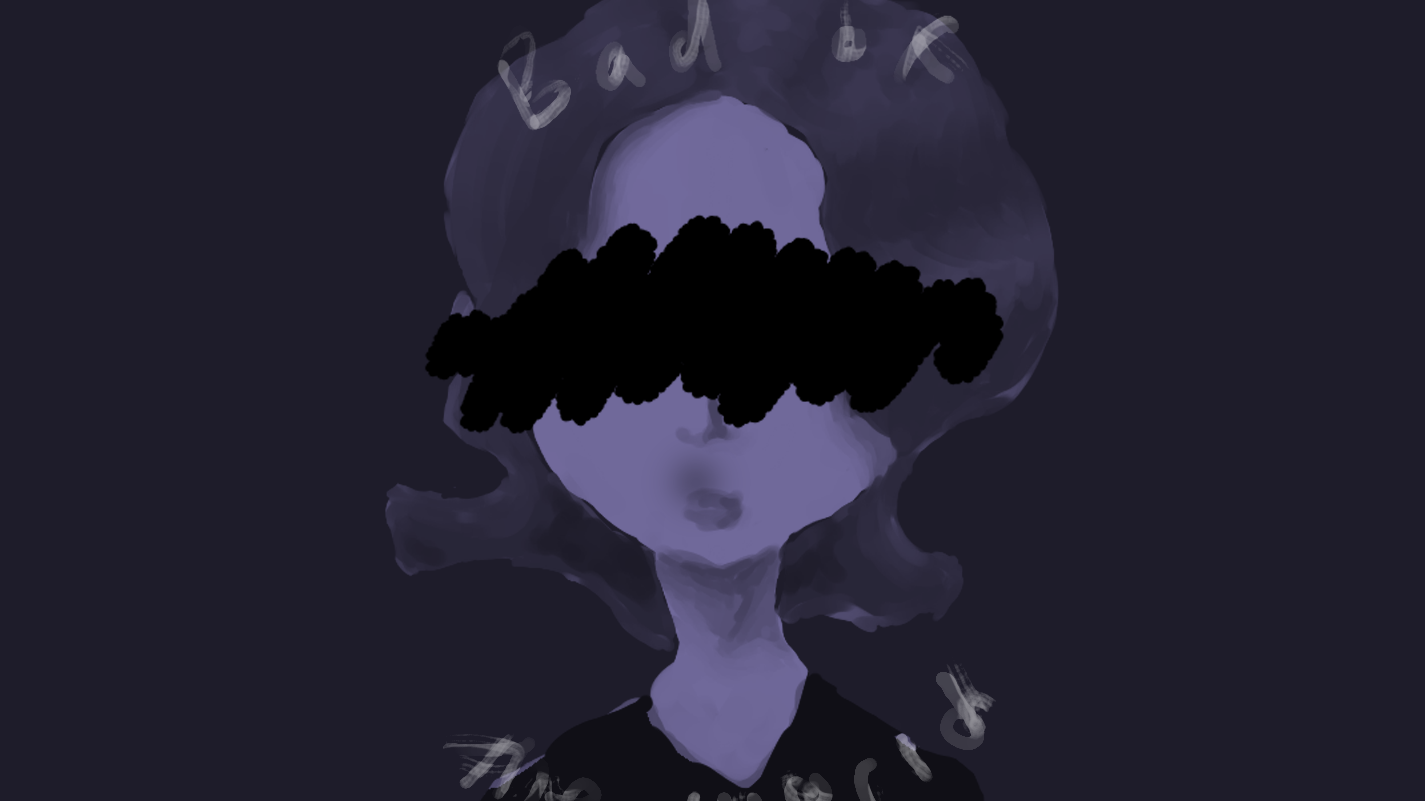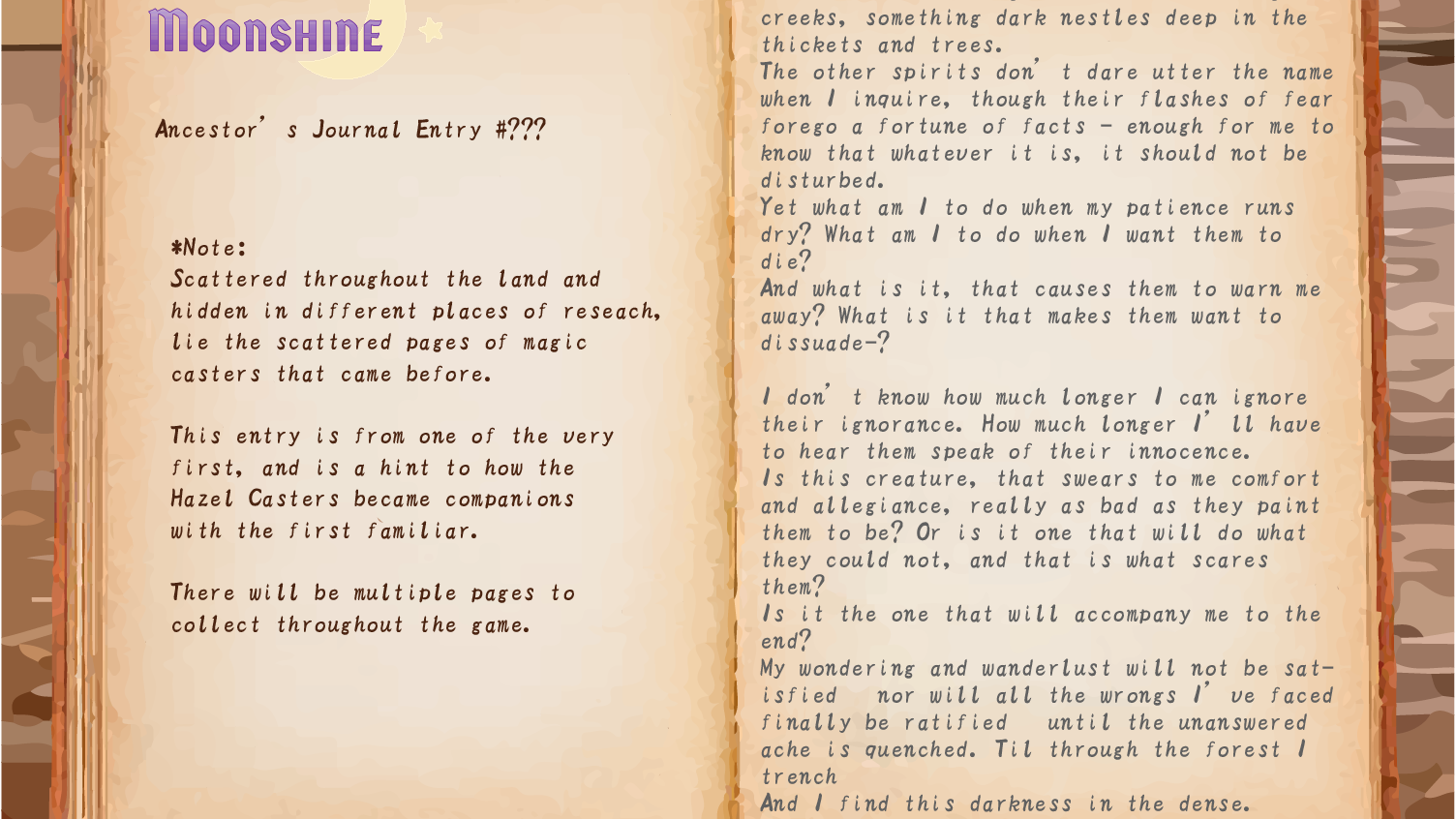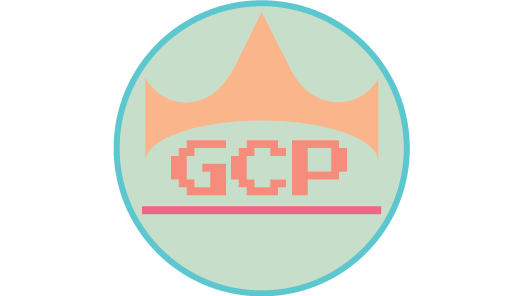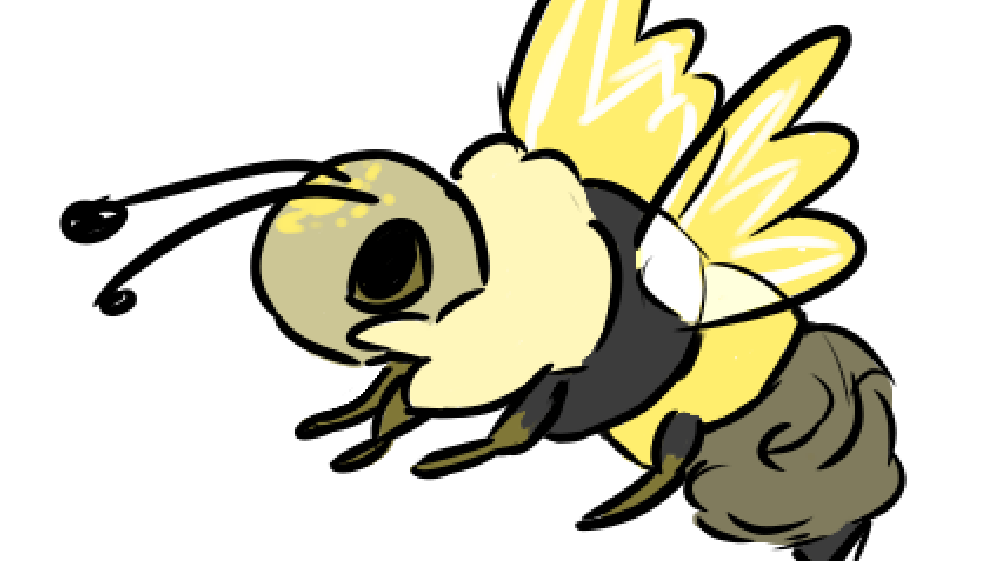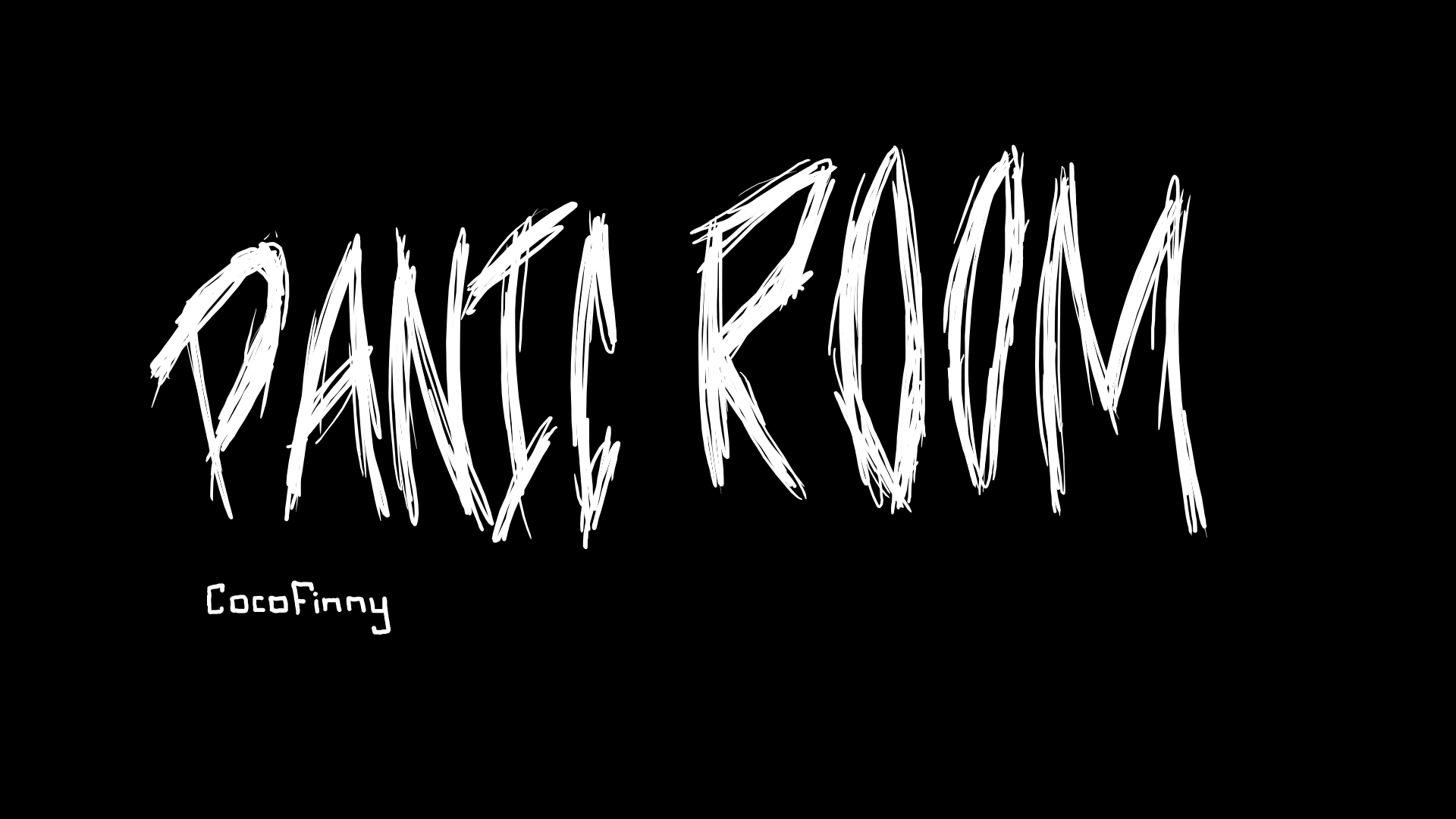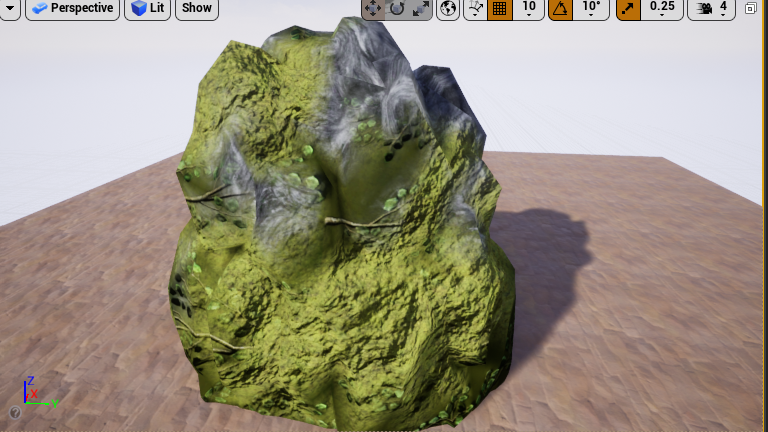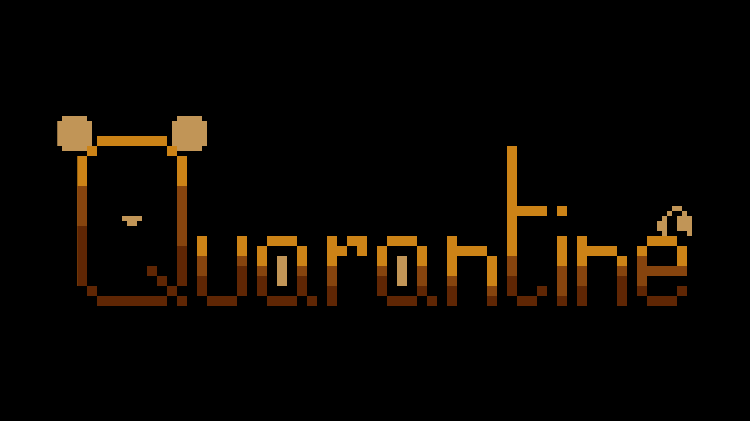Gameplay Proposal Video
Cats and Buttons – Why Buttons?
When it comes to understanding the best way to interact with the world, physical attributes in relation to the body are key. If one is to approach a structure that ends below the knees, there is an implicit understanding that its function is to be sat upon. The teapot with its handle implies that it can be picked up, and the hole in the spout stemming from it (with the context of the empty chamber) tells that it is an item made to pour whatever it contains. This understanding refers to affordances – or the implicit use of a singular thing (or object, for simplified purposes) as it relates to us.
When it comes to technology, however, there is a bit of a loss for the senses due to the fact that physical attributes can not always be used to imply intractability. A screen, while flat and with objects hidden seemingly behind glass, does not tell you what to do based on its features. Is it like a window – a frame only to be looked upon? Even by this comparison, we bring up the notion of what a window is – as without the context of a man-made structure, how does one interact with a thing that can almost be imperceivable unless taught to perceive it?
Objects like windows, screens, and what lies beyond them then rely upon either play (feedback-based tactile explorations for the purpose of developing an understanding of a thing in relation to the self) or learned affordances to be interacted with. They need to have their signifiers – visual cues based on objects of cultural significance – explained to those who may not have the same context. It creates an expectation on how one can use said object, and what result or meaning it can be associated with. Which is why a game controller – and buttons in general – are so fascinating.
Buttons rely upon visual/tactile affordances to convey their behavior. They are smaller than your palm – which means they can be affected by it. They are a raised surface jutting from something otherwise smooth – making them an abnormality by comparison to the surface they lay upon. And yet, by their repetition, they are an intentional other that can be grouped together through perception. They rise from beneath the flat surface – and in order to correct this perceived ‘otherness’ they should be lowered till they match the same height as the greater whole. And since they are smaller than your hand, your finger or palm (a flat surface that can apply force) is the perfect way to interact with it.
A button is one of the best affordance-based objects there is.
What makes the button even better, is the fact that it relies on physical affordance (telling you it can be pressed by looks alone) in order to bridge the gap to a learned affordance. Through exploration or teaching, one will come to understand that there is a cause and effect to a button – if I press this, then something will happen – and what makes them even more wonderful is that they are the crux to interacting with technology-based objects in the first place. Before touch screens, the general public could only make things happen on a piece of technology if they pressed a button. This is of course a simplification – there is an entire thing to how pressing a button is just completing a circuit, which allows voltage to flow through and one can simulate it by connecting to live wires together – but it is the button through it’s cues, and then through the understanding that it effects something that both exists and doesn’t in a physical space, that makes them such a wonderful object.
The Proposed game is a gamification of the act of buttons – not only focusing on the fact that it takes the physical that interacts with the digital and then brings it into the virtual but also focussing on the learned affordance of the button in the first place. For, when watching others play certain games such as Pokémon, it becomes apparent that there is an expectation that pressing buttons will create interactions – even though that isn’t always the case. In the example of Pokémon, the only way to interact with an object is to walk within its collision box and press a button. In order to go to the next line of dialogue, one must press a button. But what if one doesn’t want to read the dialogue? What if they don’t know whether an object is interactable or not?
Simple. They continuously press buttons until they get the desired result.
This leads to players thinking that button spamming is okay – and can work in their favor. It leads to the myth that spamming a button while catching a Pokémon increases the odds of success – because, as the only way to make an object do what you want, making use of its action must lead to your desired result. It leads to games like The Legendary Starfy having entire mini battles in the final boss fight showing how spamming a button as fast as you can ensures your victory.
And it’s fun.
Which is why Cats and Buttons, the proposed game of week 2, will make use of this function. Like Starfy and the implicit behavior of Pokemon, it relies on buttons to create the main form of interaction and adds another layer of gamification to the way we understand how to interact with them. It makes pressing buttons the game - first in a musical chair style minigame (where if more than one player chooses the same button there will be consequences), then in a sudden-death spam-the-button-as-much-as-you-can-to-get-the-desired-results face off. All the while friendly animations and comic-based text convey another layer of playfulness to the experience.
